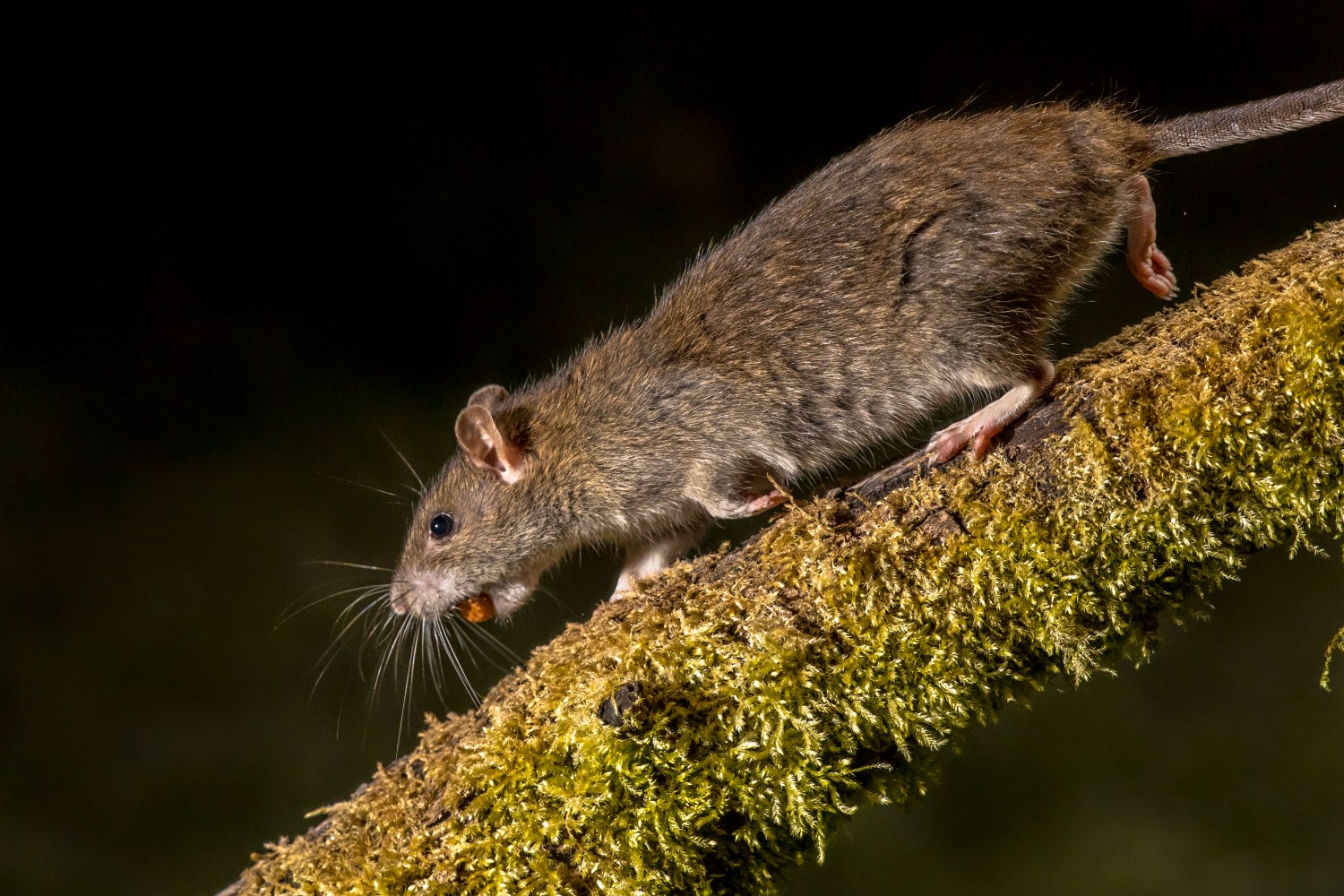Rodents and Disease
Rodents have been associated as disease carriers for centuries and are attributed with the spread of the Bubonic Plague. This plague claimed the lives of nearly 200 million people. Scientists have made claims that it was the fleas and ticks on the rats that spread the disease to humans through indirect contact. This indirect contact can also happen through mosquitoes that bite the infected rodent and then bite the human.
Rodents are also known for spreading other diseases such as Hantavirus, Tularemia, and Monkeypox. Bacteria spread by rodents can infect a human if the human comes in contact with contaminated rodent urine or feces, consumes contaminated food, or is bitten or scratched.
What Attracts Rodents to Your Home?
Rodents are opportunists when it comes to seeking food and shelter. They are warm-blooded mammals and create nests, preferably in warmer environments, with consistent food sources. Once a rodent determines a space as one that is comfortable with access to resources, it will persevere to have full access to the area and create it a home. They can fit through cracks in foundations and holes as small as a dime to get inside a home or building. Rodent attractions include:
• Kitchen scraps
• Open pantry containers
• Unsealed garbage cans
• Pet food
• Pet feces
Once an area is discovered to build a nest, rodents will carry materials such as insulation, twigs, cardboard scraps and much more to create a cushion and barrier. With a love for warmth, rodents may build nests close to household appliances. Unfortunately, the nests so close to anything electrical can potentially cause damage due to the risk of fire.
Common Species of Rodents
There are 38 species of mice and 56 species of rats. The most common rodents encountered by homeowners include:
• Norway Rats
• Roof Rats
• Deer Mice
• White-Footed Mice
Norway rats are the typical brown fur street and sewer rats. They have poor eyesight and are color blind. Norway rats do have an acute sense of smell and excellent hearing while reaching over 16 inches in size. Due to their larger size, this kind of rat can cause major structural damage with its aggressive gnawing.
Roof Rats are black in color and named after their habit of making nests in roofs or attics. They are smaller than Norway rats, reaching up to about 10 inches in length. They also have poor vision but excellent climbing abilities and will travel along walls as a way of staying on their path. Roof rats are often detected by the greasy trail they leave behind while climbing.
Deer Mice are the typical brown, round mice with cream underbellies and long tails. They get their name from their fur color resembling a deer. They typically nest outdoors during the warmer months. Once winter approaches, they are quick to invade homes and shelter indoors. Deer mice prefer small, enclosed spaces and will create nests among clutter, storage boxes, and dark areas. Deer Mice are known for carrying Hantavirus which can be spread through particles in the air or by biting.
White-Footed Mice can be differentiated from Deer Mice by the single dark brown stripe down their backs. They typically dwell in higher elevations and have fur that is both coarse and thick to withstand these conditions. As for food sources, they are particularly drawn to fungi and play an important role in nature by spreading mushroom spores. White-Footed Mice prefer living outdoors, but in the cooler months will seek shelter in less traveled areas around the home such as garages or attics.
How to Get Rid of Rodents?
Common methods for getting rid of rodents include:
Sealing Entrances
As stated above, rodents can squeeze through holes as small as a dime to gain access to your home. With their keen sense of smell and desire for warmth, they will persevere to get inside. Seal off all cracks and holes in foundations, siding, and doorways to prevent rodent access.
Removing Nesting Supplies
Rodents are drawn to areas with ample nesting supplies. Protect your home by removing items such as unnecessary cardboard, clutter, discarded clothing, and piles of fallen sticks and leaves.
Baiting
There are multiple kinds of traps for catching rodents. Some are designed for catch and release and others are meant to kill on the spot. The common spring-loaded trap will contain bait. Once the bait is touched by the rodent, the spring mechanism will release and either slam down on top of the rodent or close a door behind it.
Need Professional Help?
If you have tried these solutions and you are still unable to get rid of your rodent problem, please give the number at the top of the page a call to get connected to a local pest professional in your area. We do not want your house and family to continue dealing with the current pest and want to find ways to protect your home in the future.

